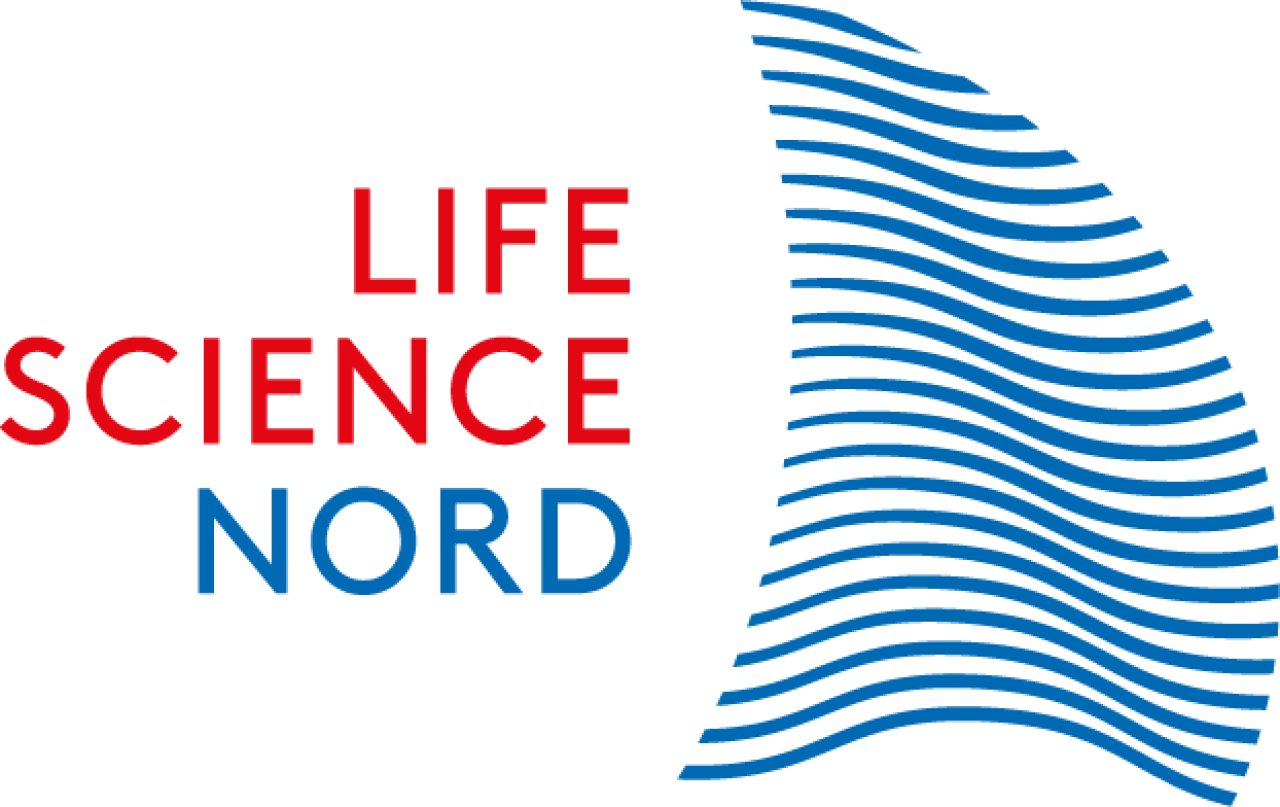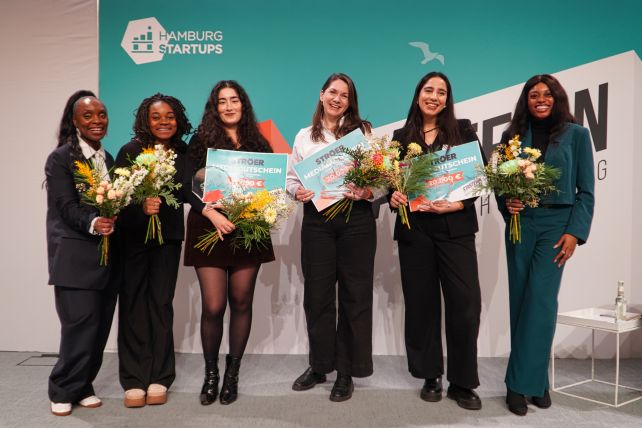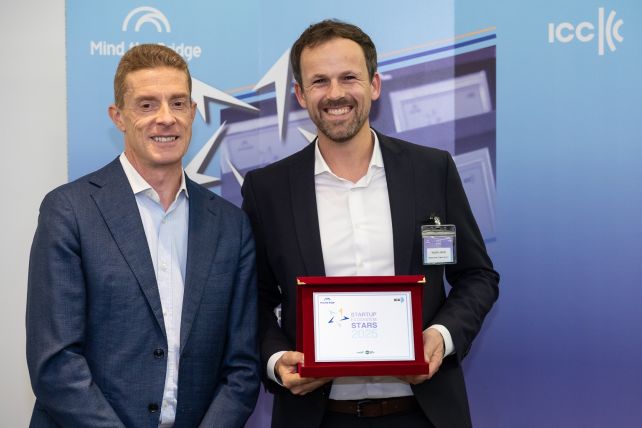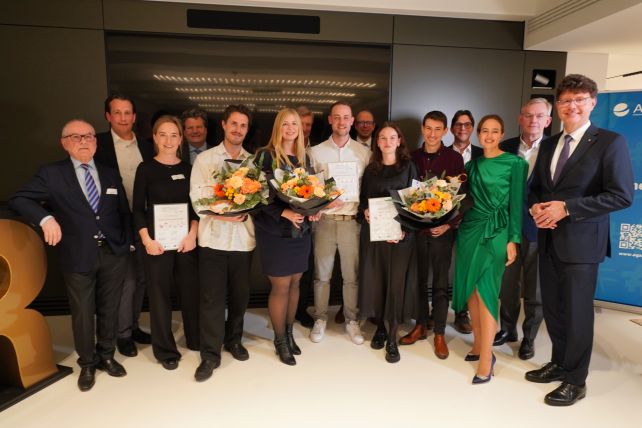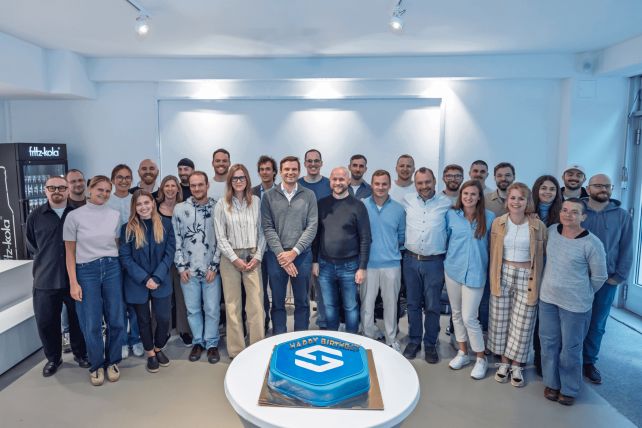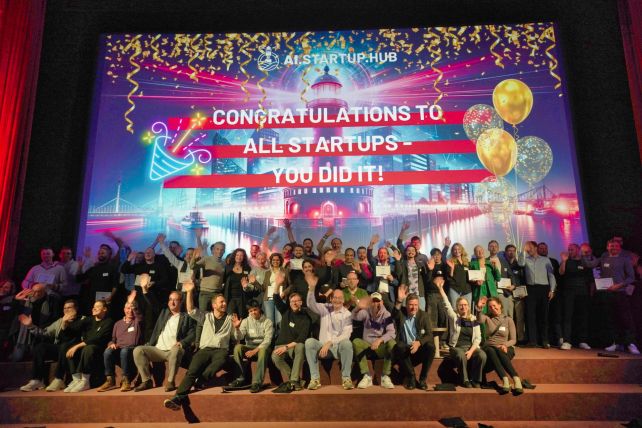The NCA Innovation Day was billed as Germany's largest event bringing together startups and established companies at the Factory Hammerbrooklyn in Hamburg. Well over 100 startups on the pitch stages and as guests and several hundred decision-makers from business, investment and public institutions had excellent networking opportunities for a whole day. One term was at the centre of attention time and again: open innovation.

Pitches and matchmaking at the centre of the NCA Innovation Day
The main element of the NCA Innovation Day was the pitches on two stages on a total of ten topics, from HR to Fin- & Insurtech to Logistics & Commerce. They were mostly curated by institutions that specialise in these sectors. For example, the Life Science Nord cluster was responsible for the Life Science & Health track and AI.HAMBURG for Gen & Agentic AI. Another central item on the programme was matchmaking, which lasted the entire day. Participants were able to make appointments and initial contacts via an app. Many of the conversations were likely to be about open innovation.

A workshop explaining open innovation
But what does this term actually mean? A workshop organised by the business development agency Hamburg Invest provided clarification. It is undisputed that companies need innovations in order to remain competitive. In doing so, they can rely exclusively on internal processes or seek external support. This opening up to the outside world is called open innovation and startups can play an important role here. During the workshop, a toolbox with the various options for collaboration was presented. Which of the tools is the most suitable depends on a number of factors.

The most important tools for successful innovation
The first step is to determine which goals are to be achieved alltogether. Questions also need to be answered about the time horizon, the degree of innovation (from slight corrections to genuine disruption), the resources available in the company in terms of personnel, expertise, infrastructure and budget and much more. Once this has been clarified, the following tools, among others, can be used:
Venture building. The company founds a startup with the required business model, which operates independently to a certain extent, but also benefits from the connection to the parent company.
Venture clienting. The company becomes a client of a startup, often initially on a project basis. Ideally, this becomes a long-term strategic partnership.
Venture capital. The company acts as an investor in a startup in order to acquire shares at an early stage and positively influence its development.
M & A. The company buys startups whose products and business models complement its own portfolio in a meaningful way.
Many companies now have their own departments that deal with venture clienting and open innovation in general. Their task is to create the internal conditions for success on the one hand and to find suitable startups on the other. This is exactly what events such as the NCA Innovation Day are for.



